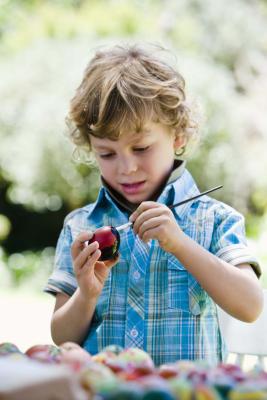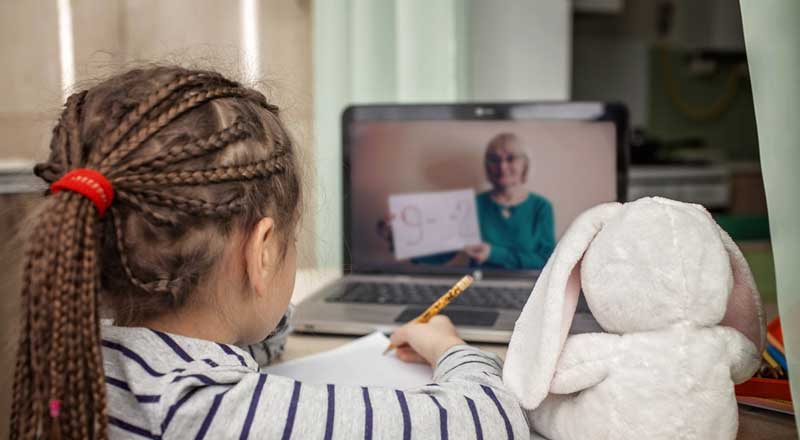While most children find creating art therapeutic, the practice of art therapy has specific reverberations for a child who has experienced a personal trauma such as abuse. Art therapists employ strategies that encourage children to use nonverbal as well as verbal forms of communication. Effective art therapy helps children move beyond cognitive barriers and emotional challenges so they can heal wounds caused by problems in their past.
Function
Art therapy involves several sessions in which the client uses art as a mode of communication, expressing concerns, ideas, fears and past experiences. An abused child may not respond well to direct questions, but will provide information and move toward healing through the process of creating art. Art therapists then use these symbolic representations as a prompt for discussions and treatment.
Potential
According to the article “Using Drawing as Intervention With Traumatized Children” by Cathy A. Malchiodi, director of the Institute for the Arts & Health, abused children can create artwork that illuminates their cognitive functioning, developmental stage and emotional state. The act of drawing may help clients and therapists understand a client’s contradictory emotions and mistaken perceptions. Using art may feel safer to a child than speaking about traumatic events, and can help the art therapist to more quickly understand what the abused child needs to heal.
Types
Several types of artistic expression can support an abused child during the process of art therapy. Children may create a visual representation of a traumatic event. They may do a self-portrait that incorporates how they felt during a specific time. They may draw another victim of abuse or of a crime. They may fill in the outline of a body with their own symbols and colors to represent ideas and emotions.
Misconceptions
Children need not have experience in art to enjoy the benefits of art therapy. In addition, a licensed art therapist with experience in working with abused children will often incorporate additional strategies in the art therapy session, including relaxation techniques, positive reinforcement, child-centered activities, play therapy and family counseling.
Considerations
Art therapists do not rely merely on a child’s artwork to engage in treatment. Often, a therapist may ask what the child did not include in the drawing and why, or discuss the meaning of the art with the child. With a nonjudgmental and friendly manner, the therapist can gain the child’s sympathy by appreciating the art, and move on to sensitively question her about the artwork to open up new topics for discussion.





